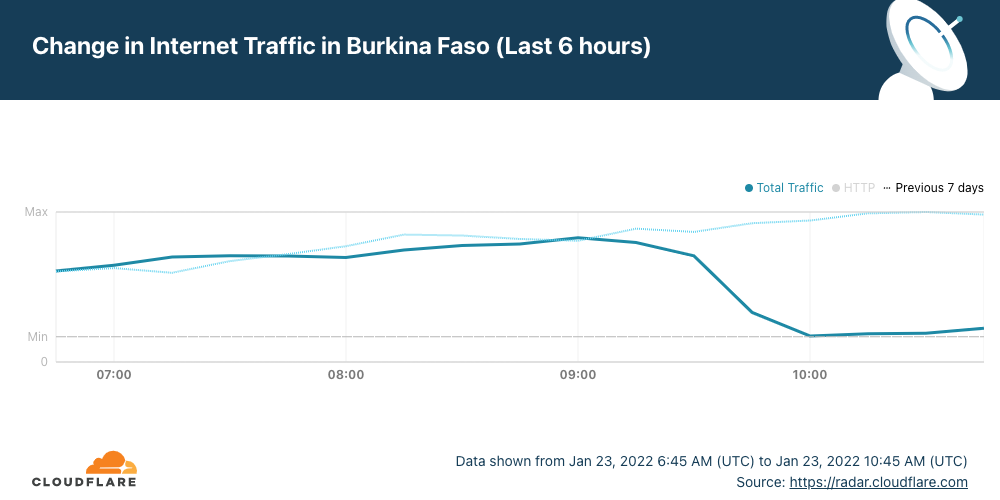Meta plans the world’s fastest supercomputer for AI
Facebook’s parent company Meta said it is building the world's largest AI supercomputer to power machine-learning and natural language processing for building its metaverse project.The new machine, called the Research Super Computer (RSC), will contain 16,000 Nvidia A100 GPUs and 4,000 AMD Epyc Rome 7742 processors. It has 2,000 Nvidia DGX-A100 nodes, with eight GPU chips and two Epyc microprocessors per node. Meta expects to complete construction this year.World's fastest supercomputer is 3x faster than No. 2 RSC is already partially built, with 760 of the DGX-A100 systems deployed. Meta researchers have already started using RSC to train large models in natural language processing (NLP) and computer vision for research with the goal of eventually training models with trillions of parameters, according to Meta.To read this article in full, please click here






